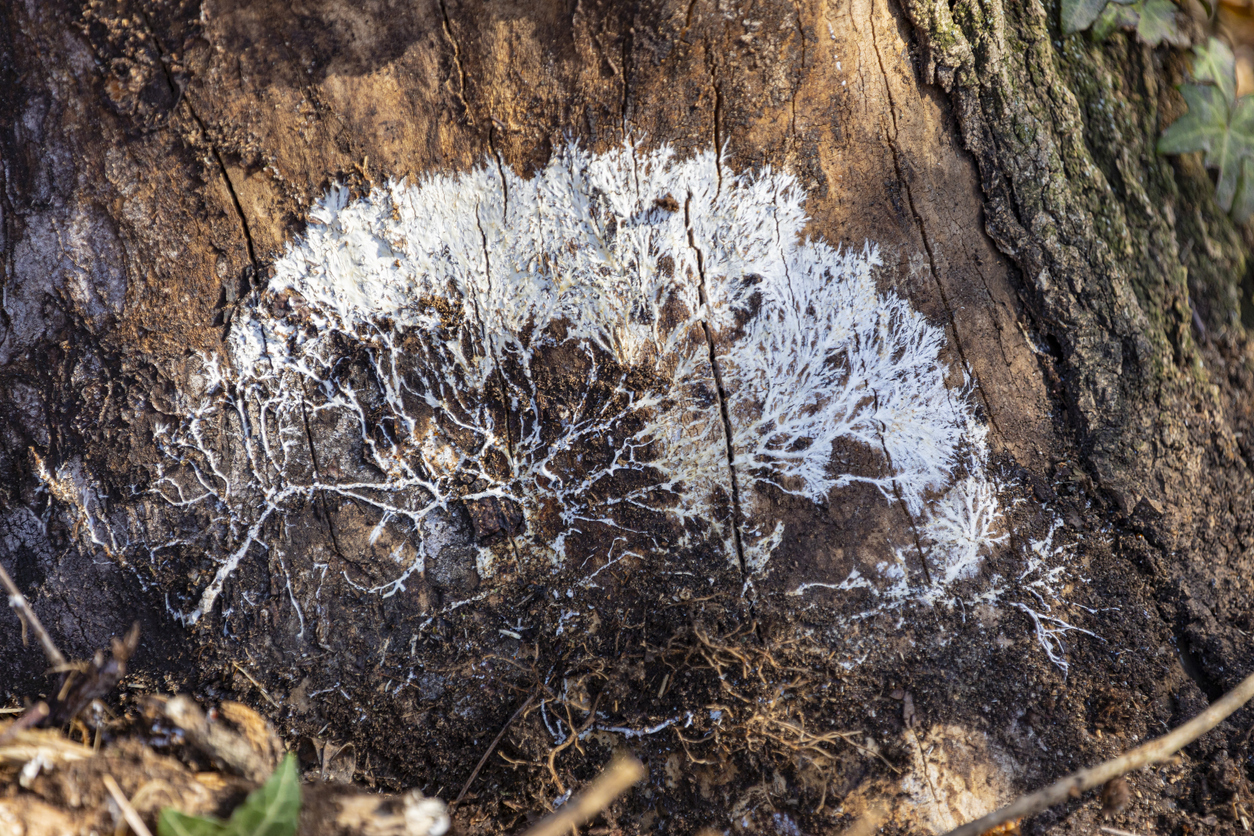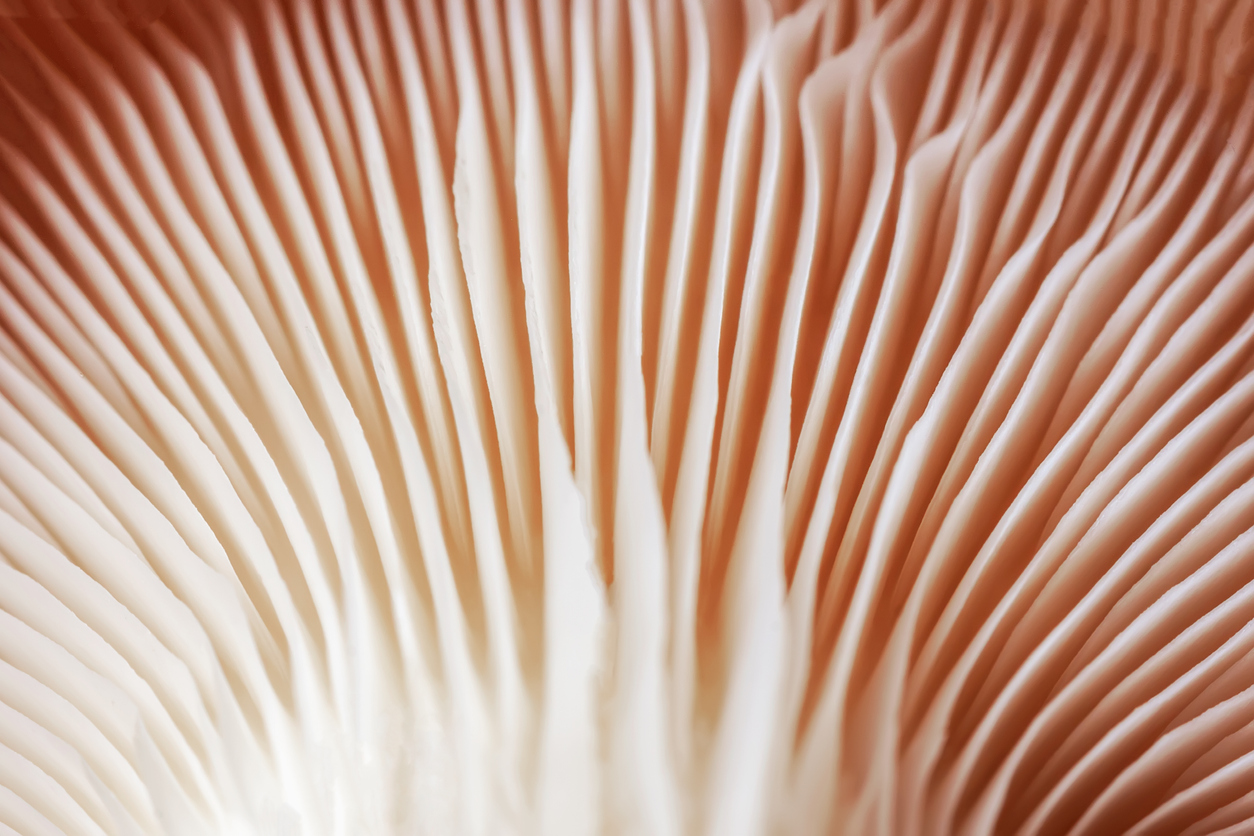Mycelium represents a promising solution to current environmental challenges. By converting waste into useful materials and offering sustainable alternatives in multiple fields, it emerges as a pillar of the future energy transition. To make the most of its potential, it is essential to encourage research and investment in this sector. There is no doubt that mycelium can guide us towards a greener tomorrow.
In the era of sustainability and energy transition, new solutions are constantly emerging to reduce man’s environmental impact. One of the most innovative and promising resources in this context is the myceliumthe root system of mushrooms. But what are the properties of this material and how can it revolutionize our future?
Mushrooms are everywhere
When we think of mushrooms, the image of a small organism growing in the forest comes to mind. But in reality, mushrooms are everywhere: from the depths of the sea to the peaks of the mountains, and even inside ourselves. Fungi are a mysterious and fascinating kingdom, with estimates ranging from 2 to 10 million existing species. Yet, we only know of 120,000. Their diversity is astonishing, so much so that the genetic difference between different strains of a single species can be enormous.
What is mycelium?
The mycelium is the actual body of the mushrooma complex and intricate network of filaments that expands and connects the ecosystem. This network not only transports nutrients but, as recent research suggests, may also transmit information, functioning as an internet of forests.
This incredible ability to connect and communicate between plants and fungi has ancient roots, dating back 500 million years, and continues to play a crucial role in the balance of ecosystems.
Properties and applications of mycelium
Mycelium is establishing itself as one of the more versatile biomaterials of our time. It grows everywhere, without the need for complex equipment: this makes it particularly interesting for its application in various sectors.
Mycelium also offers a new approach to design and manufacturing. It is called “Growing Design” and involves growing materials rather than manufacturing them. This sustainable and innovative approach could lead to the creation of living buildings that adapt and grow with the environment, revolutionizing the way we build and live.

An ecological solution
The main strength of mycelium lies in its ability to transform organic waste, such as agricultural waste, into useful materials. From floor tiles to insulation panels, from packaging materials to furniture, Mycelium is set to reduce our need for synthetic materialsthus reducing its environmental and ecological impact.
Construction sector
In addition to traditional applications, Mycelium has attracted attention for its potential in the construction industry. It is in fact considered an ideal candidate for self-healing and “self-growing” structures, thanks to its responsiveness to different stimuli such as light, gases and mechanical signals.
The production process of mycelium-based biomaterials
The production of mycelium composites It is a rather simple but revolutionary process. Mycelium spores are mixed with organic waste and placed in a mold. This mixture is then placed in a warm, humid environment, which allows the mycelium to grow and solidify. Once it reaches the desired density, it is dried, providing a material that can replace foams, woods, and plastics.

The importance of mycelium in Africa and beyond
Biomaterials made from mycelium are versatile and have gained popularity in Europe and the United States. However, they could become an important resource in construction also in countries on the African continent.
Although the mycelium composites market in Africa is still in its infancy, with only a few startups in countries such as Egypt and South Africa, the potential is clear. Mycelium’s ability to thrive in different conditions and its versatility make it a valuable resource for developing nations as well.
Conclusion
Il mycelium is emerging as one of the key answers to the environmental challenges of our time. With its ability to transform waste into resources and offer sustainable solutions in different sectors, it is truly the future of the energy transition.
Like any innovation, it needs support, research and investment to realize its full potential. But one thing is certain: mycelium has the power to shape a greener future for all of us.
Source: www.greenstyle.it


